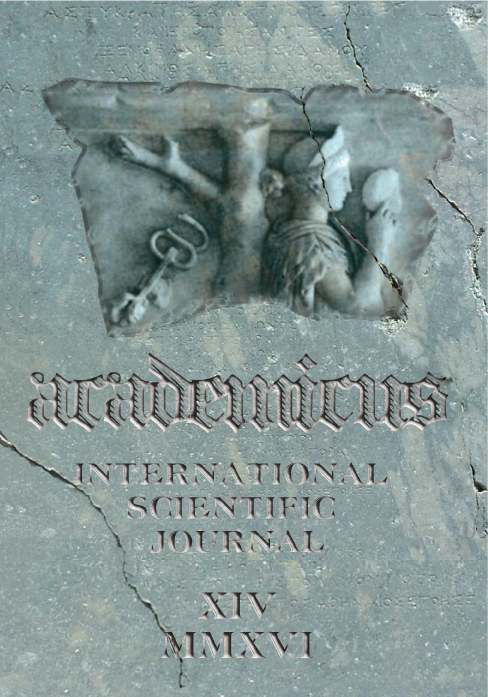The Technological Expansion of Sociability: Virtual Communities as Imagined Communities
The Technological Expansion of Sociability: Virtual Communities as Imagined Communities
Author(s): Camelia GradinaruSubject(s): Communication studies, Sociology
Published by: Academicus
Keywords: virtual community; imagined community; online communication; cyberspace; online sociability
Summary/Abstract: The reception of Benedict Anderson’s ideas was very fruitful in many disciplines, and his work provided key concepts that can now throw a clarifying light in some blurry matters. The expression “imagined community” has known a remarkable proliferation, a situation that led to both the formation of a research direction and to the perpetuation of a cliché. In this respect, my article pointed out some suggestive characteristics of virtual communities, explaining why the imagined community is a valuable subject for the theorists of new media. The impossibility to know in person all the members of a big community is just one factor that determines its imagined face. Moreover, the set of values and inner presuppositions that guide the members are important bricks in the construction of community. In my opinion, the virtual community is imagined as a multi-layered experience (technological, conversational, relational etc.). The dynamic of a virtual community contains the tension amongst these layers and the degree of its imagined side depends on multiple factors. In order to illustrate these aspects, I gave a brief example by analysing a Romanian virtual community, using the triad common language – temporality – high centers. In spite of its limitations, the perspectives offered by this concept are still useful for understanding the nature of online communities. Thus, the imagined community is a valuable set of beliefs and practices that underlie and bolster the effective meaning and functioning of the virtual communities.
Journal: Academicus International Scientific Journal
- Issue Year: VII/2016
- Issue No: 14
- Page Range: 181-190
- Page Count: 10
- Language: English

